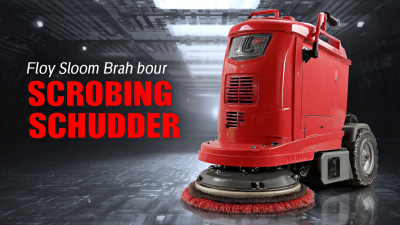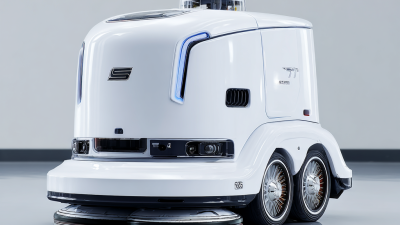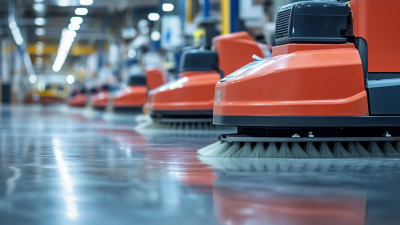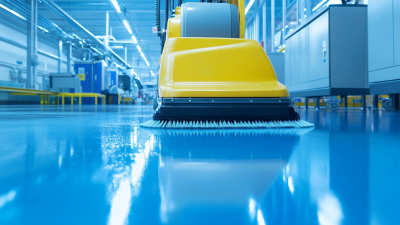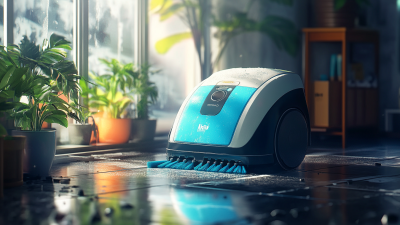Leave Your Message
As the demand for efficient cleaning solutions continues to rise, many organizations are turning to innovative technologies to enhance their cleaning routines. A recent industry report by MarketsandMarkets predicts that the global market for floor scrubbing machines is expected to reach $4.3 billion by 2025, highlighting a significant shift toward automation in cleaning operations.
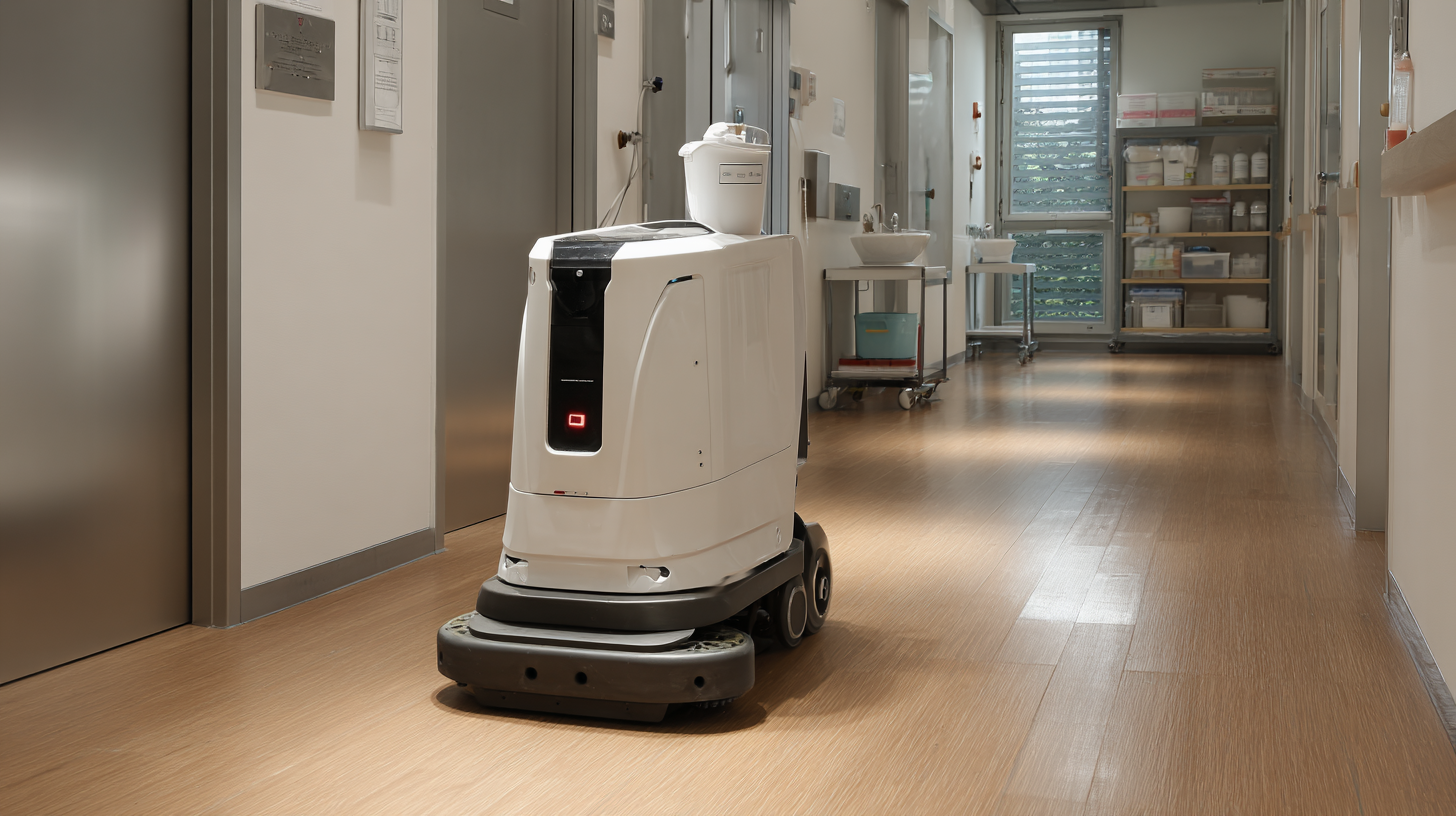
Among these advancements, the Floor Scrubber Robot stands out as a game-changer, providing consistent and high-quality cleaning with minimal human intervention. By integrating a Floor Scrubber Robot into a cleaning regimen, facilities can not only improve cleanliness but also reduce labor costs and increase operational efficiency.
This introduction to effectively incorporating a Floor Scrubber Robot into your cleaning routine will outline key strategies and considerations to maximize your investment in this sophisticated technology.
Choosing the right floor scrubber robot for your facility's needs is essential for maximizing cleaning efficiency and effectiveness. Start by assessing the specific requirements of your facility, including the type of flooring, the size of the area to be cleaned, and the level of foot traffic. For instance, some robots are optimized for hard surfaces like tile or concrete, while others might excel on more delicate floors such as vinyl or hardwood. Understanding these factors will help you select a scrubber that performs best in your unique environment.
Additionally, consider the features offered by different floor scrubber robots. Look for models equipped with advanced navigation technology to efficiently maneuver around obstacles and avoid stairs. Battery life is another crucial aspect; longer-lasting batteries ensure the robot can cover extensive areas without needing frequent recharges. Furthermore, examine the ease of use and maintenance requirements—robots that are simple to program and maintain can save your cleaning staff both time and effort. Evaluating these criteria will help ensure that the chosen robot aligns perfectly with your facility's operational needs and enhances your overall cleaning routine.
| Feature | Description | Considerations | Ideal Environment |
|---|---|---|---|
| Cleaning Path Width | The width of the area the scrubber can clean in a single pass. | Choose a width that suits your facility's layout. | Large open spaces like warehouses or retail stores. |
| Battery Life | Duration the robot can operate before needing a recharge. | Consider the size of the cleaning area vs. battery capacity. | Facilities requiring extended cleaning times without interruptions. |
| Navigation Technology | The system used for mapping and navigating the cleaning area. | Opt for advanced navigation for complex layouts. | Busy environments with obstacles like furniture or shelves. |
| Ease of Use | How user-friendly the robot is regarding setup and operation. | Look for intuitive controls and simple programming. | Facilities requiring minimal training for staff operation. |
| Maintenance Requirements | Frequency and type of maintenance needed to keep the robot operational. | Consider the availability of spare parts and technical support. | Facilities with dedicated maintenance staff for easier upkeep. |
When selecting a floor scrubber robot, several key features must be considered to ensure its effectiveness in your cleaning routine. Firstly, the robot's suction power and scrubbing ability are paramount. According to a report by the International Facility Management Association (IFMA), facilities with advanced cleaning technologies, including robotic cleaners, achieve up to 30% higher cleaning efficiency compared to traditional methods. A robot with adjustable suction settings allows for versatility on different floor types, ensuring optimal cleaning without damaging surfaces.
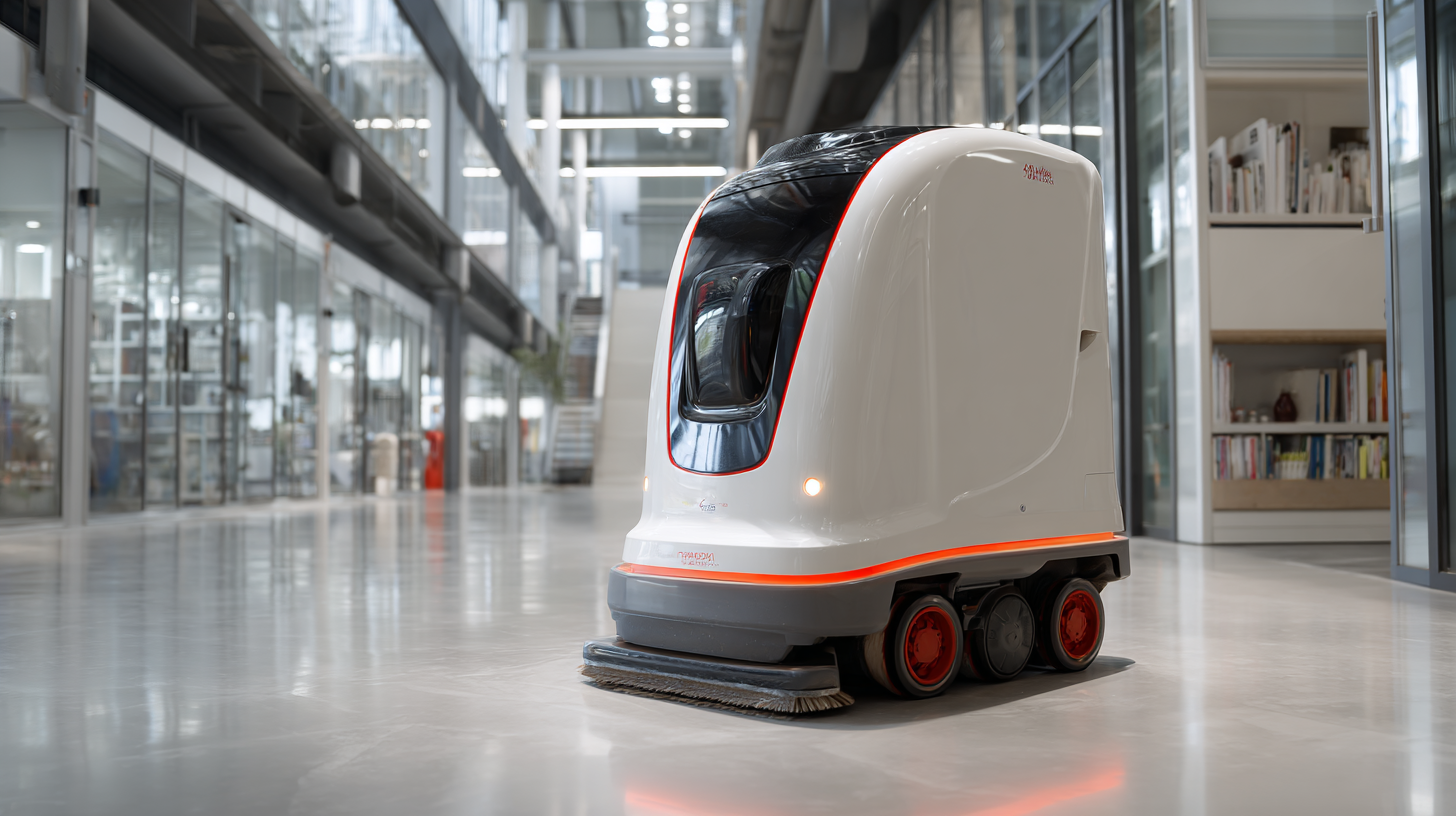
Another essential feature is the navigation technology employed by the floor scrubber robot. Advanced models use Lidar and camera-based systems for better mapping and obstacle avoidance. A study from Research and Markets highlighted that robots with enhanced navigation capabilities can cover up to 50% more area in the same amount of time, reducing the overall cleaning cycles needed. Furthermore, consider the robot's battery life and charging time. Robots with extended battery life enable longer operational periods, catering to larger spaces without frequent interruptions for recharging.
Lastly, evaluate the ease of maintenance and software updates. Robots that provide automatic alerts for maintenance needs and software upgrades can significantly reduce downtime and extend the robot's lifespan. A well-maintained floor scrubber robot not only ensures consistent cleaning performance but also offers a cost-effective solution in the long run, as highlighted in the Cleaning Industry Research Institute's (CIRI) findings on operational efficiency and lifespan in cleaning equipment.
Integrating a floor scrubber robot into your existing cleaning workflow can significantly enhance efficiency and productivity. According to a report by the International Federation of Robotics, the adoption of cleaning robots has grown by over 20% annually, highlighting the increasing recognition of automation in maintaining clean environments. To successfully integrate a scrubber robot, it's crucial to evaluate your current cleaning processes, identifying high-traffic areas and peak cleaning times. This allows you to position the robot effectively to maximize its impact.
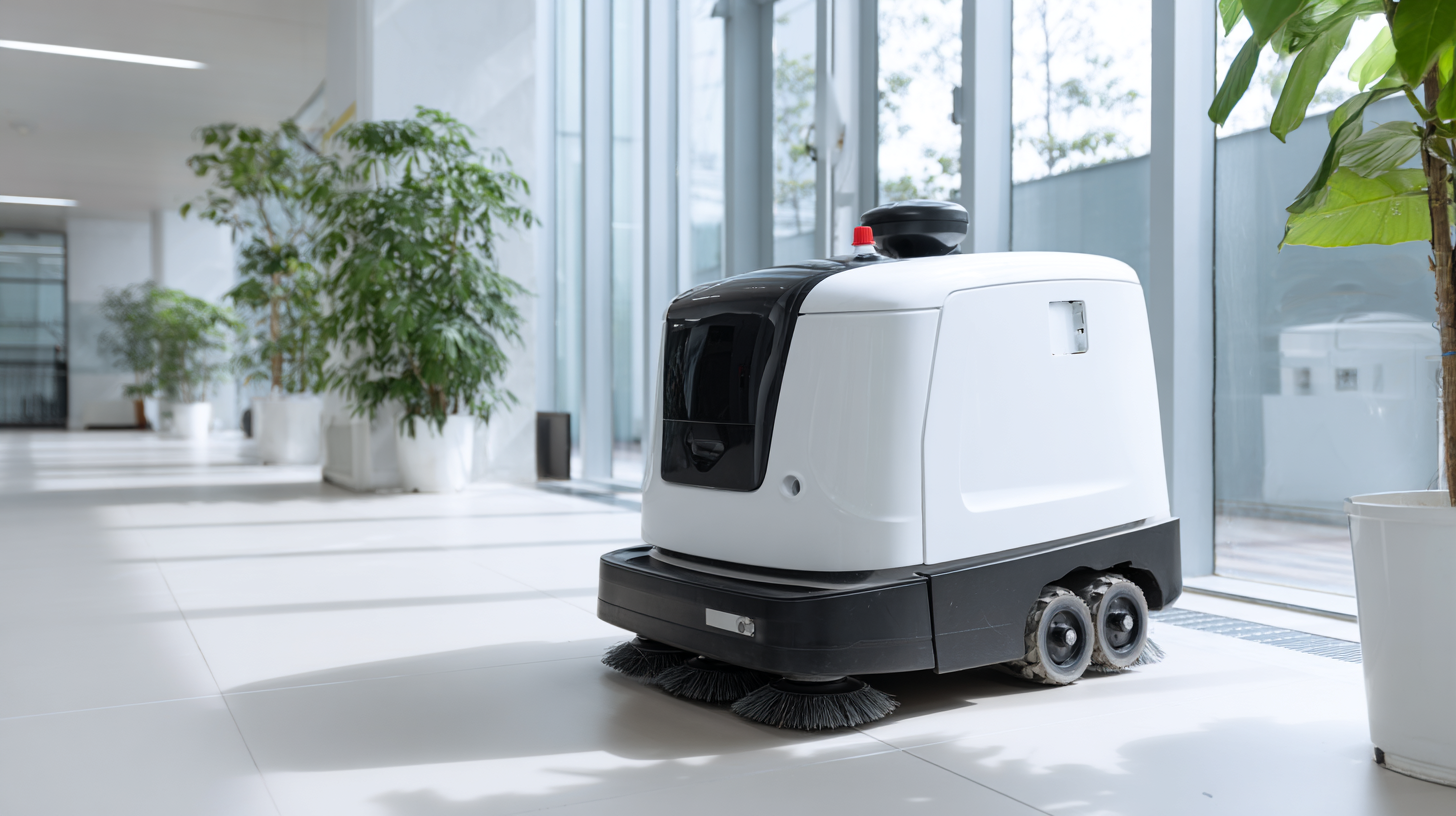
Moreover, training your staff to work alongside the robot can optimize results. A study from Facility Cleaning Decisions indicates that organizations implementing robotic floor scrubbers experienced a 30% reduction in labor costs, as employees could focus on more complex tasks. Consider designing a cleaning schedule that allows the robot to operate during off-peak hours or in tandem with staff to cover large areas efficiently. Seamless integration not only boosts productivity but also improves the overall cleanliness and hygiene of your facility, a necessity highlighted by recent trends emphasizing health and safety in commercial environments.
Training staff to effectively utilize floor scrubber robots is crucial for maximizing their potential and enhancing overall cleaning efficiency. According to a report by the International Facility Management Association (IFMA), organizations that invest in training for automated cleaning technologies can see a productivity increase of up to 30%. This highlights the significance of ensuring that staff members are not only familiar with operating the machinery but also understand its operational features and maintenance needs.
Implementing a comprehensive training program involves several components, including hands-on demonstrations and ongoing support. A study published in the Journal of Facility Management revealed that 78% of employees felt more confident using robotic equipment after participating in structured training sessions. This confidence translates into proactive problem-solving and optimal usage of floor scrubbers, thereby reducing downtime and improving cleaning performance. Regular workshops and refresher courses can further reinforce this knowledge, ensuring staff stay engaged and informed about updates in technology. Ultimately, equipping employees with the right skills enhances not just their productivity but also contributes to a cleaner and more hygienic environment.
The integration of floor scrubber robots into cleaning routines has shown a significant impact on both operational efficiency and cost reduction. Recent advancements in robotic cleaning technology, such as the latest industrial robotic floor scrubbers designed for large spaces, have revolutionized the cleaning industry. Reports indicate that these machines can cover extensive areas while maintaining consistently high cleaning performance standards. For instance, the implementation of these robots can lead to a reduction in labor costs by up to 30%, as they autonomously perform cleaning tasks that once required multiple staff members.
In addition to labor savings, measuring the efficiencies gained through the use of robotic scrubbers highlights further benefits. Data suggests that autonomous floor scrubbers can increase cleaning coverage by over 50% compared to traditional methods. As they are equipped with smart technologies, these robots utilize real-time data to optimize cleaning paths and schedules, ensuring thorough coverage while minimizing wasted resources. The blend of enhanced productivity and lower operational costs positions floor scrubber robots as a wise investment for organizations aiming to modernize their cleaning processes while achieving greater sustainability outcomes.
